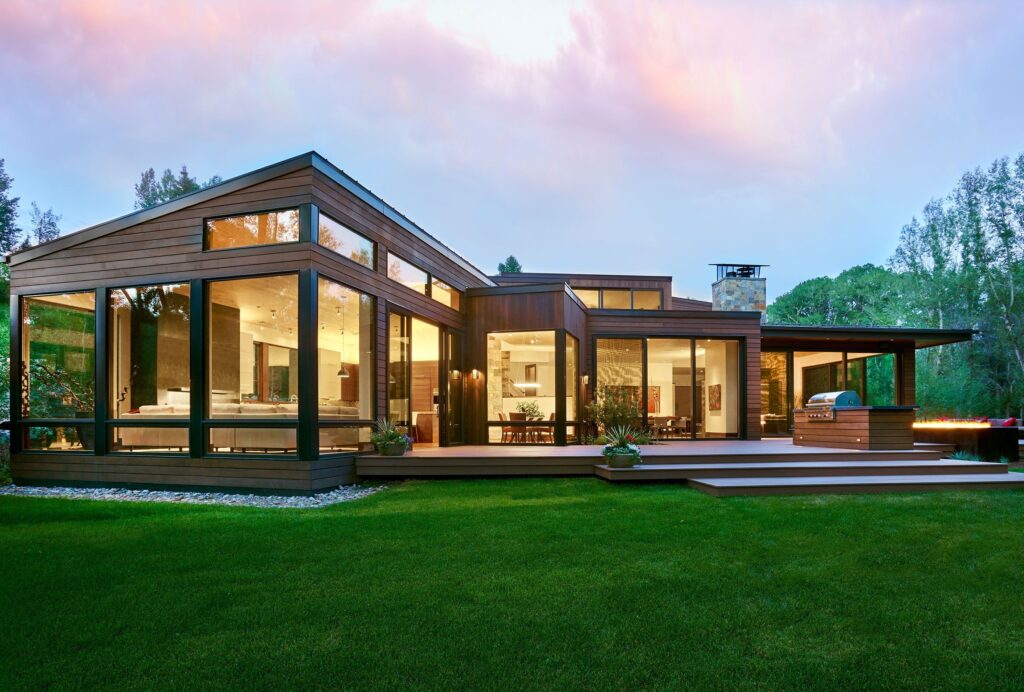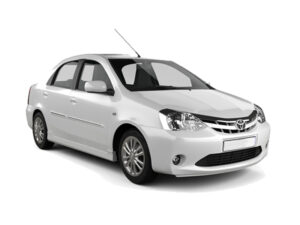
Hitting the Books: AI can help us design the greener, cleaner homes of tomorrow
In his new book, SuperSinggilah: What means augmented reality for our lives, our work, and the way we imagine the future, the author of David Rose digs into augmented reality art, discussing how this technology has changed various industries – from food services to drugs for medicine for Education to construction and architecture – and what might be done in the near future. In the quote below, Rose saw two companies utilizing a computer vision and a network of generative hostility to imagine existing properties as a 21st century electric smart house.
We all have to use solar panels. Period. The average cost for sustainable energy systems has dropped by around 70% in the last decade, from $ 5.86 / watts to $ 1.50 / watts, so it is a financially no-brainer. For no money, you can finance installation and start saving a hundred dollars a month in the first month, and even more if you live in South Sun-saturation.
So why don’t we? Complicated! Mathematics, logistics, taxes, and aesthetics all play a role. Many homeowners are worried that they will make their homes shiny and reflective like a tin human from the Oz magician. The process of finding out the number of panels in what size you need requires learning to “speak solar” in foreign units such as kilowatt-hours. And changes always come with risk, whether actual or just felt.
Pro-climate mission from Boston-based wise energy is to make people finance their homes. It means solar panels on your roof, electric cars, home battery systems, automatic curtains, and smart thermostats brought close or heated when you go home. And they have partnered with us in Continuum to get more comfortable potential customers with ideas by showing them what their home forms are. Using Google satellite images available to the public, our sizes of solar panels, digitally overlay them on the client roof, and then show what they are from their roads and their neighboring fences. We then take the pictures and pair them with data from the Sunroof Project, Google Project that helps you work on the potential of solar savings from your roof. After you see the beautiful pictures of your home that move with electricity and realize how you will save for years – and you have visual and financial data in hand – it is a simple decision to advance and make that change.
Other home improvement projects will benefit from the supersinggum approach that is imagined similarly. Let’s consider landscape: other complicated and potentially expensive projects with their own disorientation language, risk, and desperate needs for pre-project visualization.
I met Landscape Designer Julie Moir-Messervy in the Pitch MIT competition and was immediately interested in his mission: to give the owner of the trust and the tool they needed to change their barren pages into a collection of outdoor living space. His company, homeoutside, help people see new possibilities for their backyard using AI and computer vision. Once they visualize their pages in an interesting way, the company makes it easy for them to make that vision a reality by hiring the landscape installer, getting the material delivered, and even helps spread payments from time to time.
Landscaping is not only good for property values; Greenscapes filters air pollutants that trigger asthma, help people recover faster than disease, reduce summer temperatures, and even lower crimes. The right original landscape strengthens the dynamic system that helps smelting and birds, which in turn polishes trees and overwrites plants. Southwesty shade trees can reduce the need for air conditioning, and northeast fence reduces winter winds – and heating bills. More trees mean more capture carbon – tons for the lifetime of each tree – because they really suck the bad things we produce from the air while reducing runoff and erosion.






